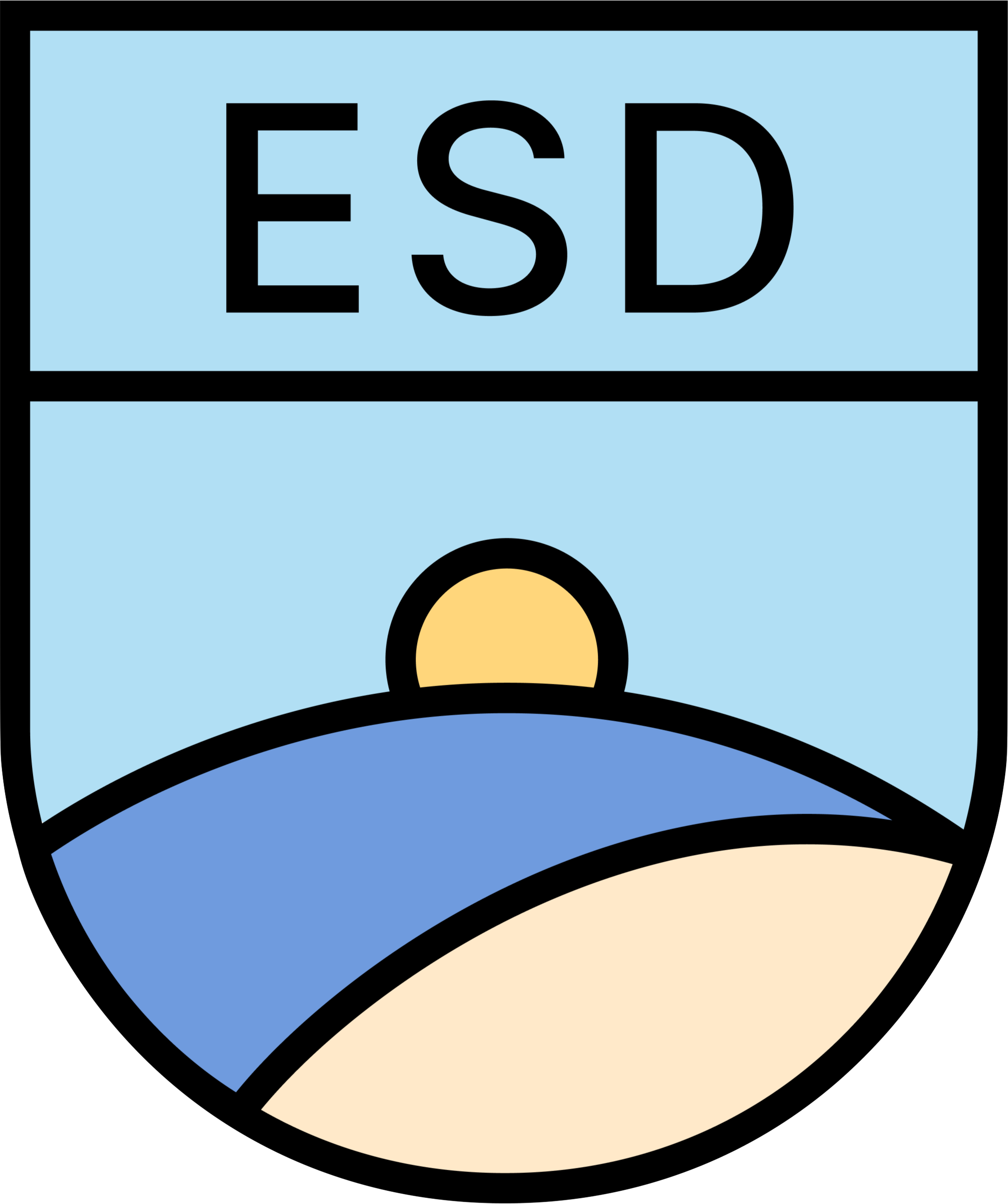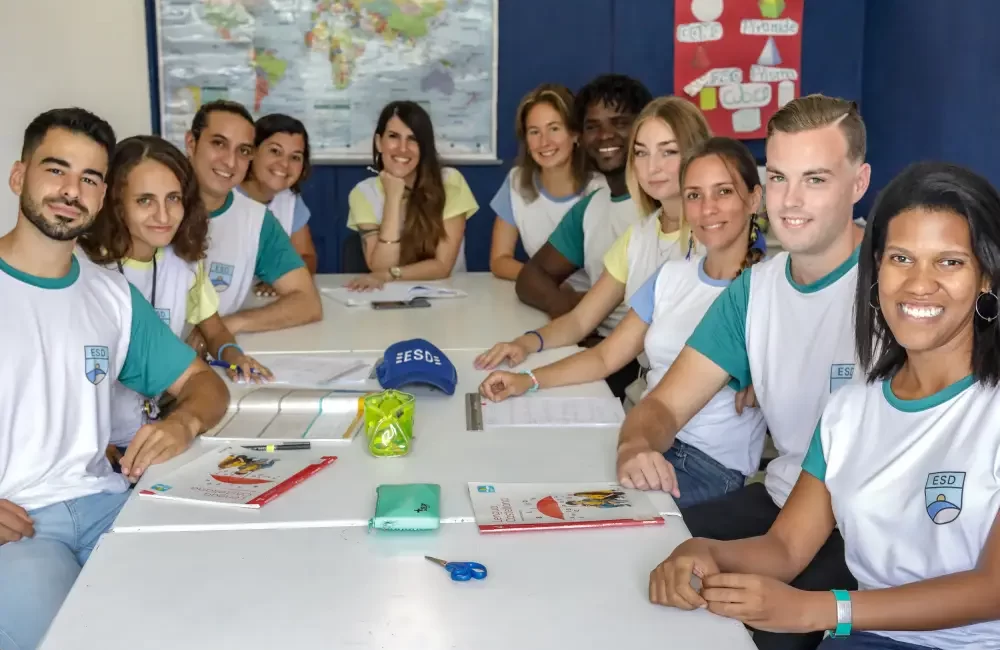Bilingual education, a powerful approach to language learning, has earned broad respect for its capacity to enable students with capability in at least two languages. Notwithstanding, the outcome of bilingual education schools is intensely dependent on the execution of effective teaching strategies. Here, we will explore key procedures that teachers apply to guarantee a productive and enhancing bilingual education experience for students.
Nurturing Fluency- Core of Bilingual Education Success
Effective teaching strategies play a significant part in opening the maximum capacity of bilingual education. Language drenching, mental scholarly language capability, social pertinence, intuitive learning, and innovation incorporation are only a couple of the key approaches that add fruitful bilingual elementary schools education experience. By embracing these strategies, teachers establish a climate where students become capable in more than two languages as well as foster fundamental skills for outcomes in an interconnected and diverse world.
1. Language Inundation
One of the basic strategies in bilingual education in the Dominican Republic is language submersion. This approach includes encompassing students with the objective language in different parts of their academic and social lives. Vivid encounters, like understanding books, taking part in discussions, and taking part in cultural exercises, assist students with fostering a characteristic and natural handle of the language.
2. Cognitive Academic Language Proficiency
CALP centers around fostering students’ academic language abilities in various languages. Teachers use specific techniques to show the language intricacies important for progress in subjects like mathematics, science, and literature. This strategy guarantees that students convey real as well as succeed academically in at least two languages.
3. Culturally Relevant Teaching
Recognizing and consolidating the cultural foundations of students is vital in bilingual education. Culturally important teaching strategies establish a positive learning environment where students feel a connection to their legacy. By incorporating cultural references, literature, and traditions into the educational program, teachers make the learning experience more appealing and significant for students.
4. Interactive And Collaborative Learning
Bilingual education flourishes in intelligent and cooperative learning environments. Bunch exercises, activities, and conversations urge students to engage with the material and each other effectively. This encourages language development through genuine interaction, empowering students to apply their language abilities in practical settings.
5. Informative Guidance
Perceiving the diverse language capability levels inside a bilingual classroom, instructors carry out separate guidance. This includes fitting teaching methods to oblige different learning styles and language capacities. By offering customized help, teachers address the special necessities of every student, guaranteeing a more comprehensive and effective learning experience.
6. Academic Excellence and Structured Approach at Our School
Our school prioritizes academic achievement and operates in a structured manner, focusing on goals and competencies. We adhere to academic programs from France, England, and Spain, renowned for nurturing excellent academic standards among students, thereby unlocking their potential.
7. Traditional Approach Focused on Writing and Arithmetic Skills
Our school takes pride in a traditional approach that emphasizes physical books and notebooks, prioritizing the reduction of screen time for children. We value the development of writing, calligraphy, and the ability of children to solve calculations independently, without relying on calculators. Our students engage directly in writing and arithmetic tasks, fostering their skills through hands-on learning experiences.
While technology is integrated into computer classes, our educational strategy minimizes screen exposure during regular curriculum hours. Parents have access to courses and materials provided by teachers through Google Classroom, ensuring transparency and involvement in their children’s education.
8. Regular Language Assessments
Consistent appraisal of language proficiency is vital to monitoring students’ advancement in various languages. Regular assessments assist with recognizing regions that need extra help and permit instructors to change their teaching strategies. This information-driven approach guarantees that students get designated help with their language development venture.
Your Gate To Bilingual Education!
Embark on a journey of exploration, growth, and accomplishment at the ESD European School, where bilingualism unlocks a world of possibilities. We are the best among the bilingual education schools in the Dominican Republic. Join us in this thrilling educational adventure!

